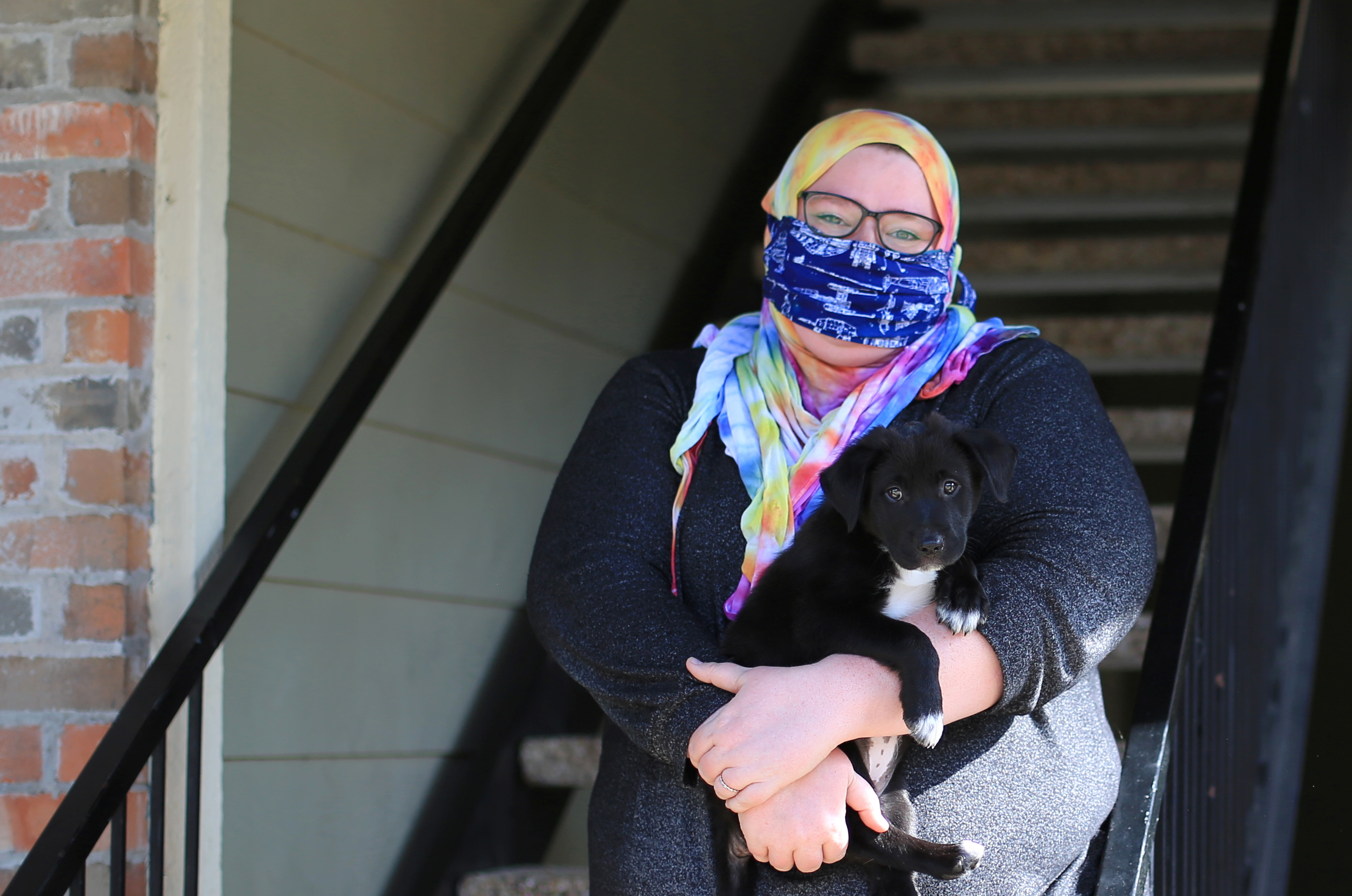I was diagnosed with ADHD in the second grade and for 20 years, I’ve survived unmedicated, learning to work with my neurodiversity in a neurotypical world. Before COVID, you’d have to look closely to understand that I function differently than others. I’ve spent years laying the groundwork in my mind and life so that I could work and thrive.
But since the start of the stay-at-home order, I’ve seen how my mind engages differently than most people’s. With no clear physical difference between my work and home life, I’ve had many 20-hour workdays. I have no sense of what day it is. I’ve never had a real grasp of time, and can easily hyperfocus into working on something until 6 am. The phrase “time is a construct” has never been more relevant.
People think having ADHD means that you can’t concentrate on anything, when in fact, we can’t focus on things that don’t engage us. If we find something that captivates our interest, we can become obsessed, often forgetting about basic needs like eating or going to the restroom. This pandemic is ripe with information for me to latch on to, going off into rabbit holes for hours and even days. Hyperfocusing on work has allowed me to disassociate myself from the panic-inducing state of the world in this particular moment.
At first I made excuses about showing my company how much they needed me during this very insecure time. I thought I was thriving in this new, isolated life. Little did I know that with my superpower of hyperfocus lasered in on work, I was ignoring everything else. It wasn’t until holding one of the dogs I am fostering that all of a sudden, I broke down sobbing.
Because I am isolated alone, I haven’t had tangible contact with another human being for over two months. The ten-pound weight of this puppy opened up a vast cavernous hole. The physical touch my brain was hungry for was finally met.

When you have ADHD, stress can unleash your symptoms, and triggering your symptoms can cause more stress. I realized that my ADHD had led to a problematic situation. I was repressing my needs with work and had finally burned out. I developed a lack of boundaries in my need for job security and the opportunity to ignore the trauma happening outside my home.
Over the past week, I’ve been reinstating those boundaries and forging new stability. I’ve set up a consistent early wake-up time, an office space, a chill area, and a sleeping space. This compartmentalization of my life has time limits and alarms. I am slowly eeking myself back into a better work-life balance by breaking myself out of hyperfocusing. Setting alarms has been the right way of jolting myself out of what I should and shouldn’t be doing.
There is a difference between loneliness and being alone. When I sat on my floor sobbing, I felt lonely and isolated. The next day I knew that my loneliness was only in my mind. With a few finger swipes, I connected to people who love me unreservedly. I keenly focus on gratitude to help stimulate a feeling of connectedness. Keeping my social ties tight and active is something I have to force myself to do.
People with ADHD can easily ignore needs in favor of catastrophizing events. Knowing my needs and putting them on a checklist helps me maintain a balance of being alone but not lonely. Even though I was talking with people every day, I wasn’t deep-diving into meaningful and fulfilling conversations. If I choose to interact with people, I like to dig around and sift through stories, feelings, and similarities. Run of the mill pleasantries don’t ever satiate the need for social connectedness. By seeing this as a need to be met, I picked up my frequency for recording podcasts with fascinating people. Taking deep dives and tangential meandering discussions helped me fill my connectivity bar.
The feeling of loneliness ebbs and flows, but I am conscious of it now. If you or someone you know is neurodiverse, this time of isolation can be a chance for anxiety to run rampant. Making lists, setting boundaries, and keeping an active watch on social needs are mandatory. I saw myself slowly slide away from my normal function into someone with complete burnout. Neurodiverse people can function and even look like they’re thriving without having their requirements met. There are resources and group support sessions that can help.
Asking for help is always the right thing to do—a path of strength, not weakness.
Anniryn Armstrong is the Art Director and Administrator for Valley Ranch Islamic Center and a Public Voices Fellow with The OpEd Project. She created the Happy People Podcast, which talks to people about their passions, overcoming hardships, and finding common ground.


